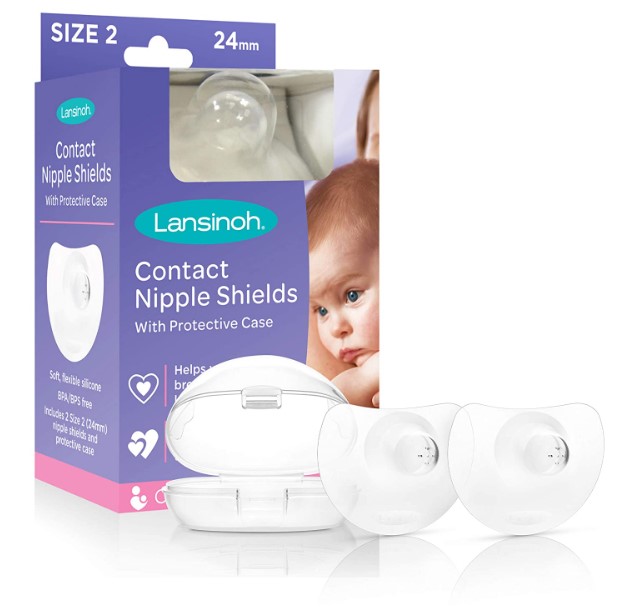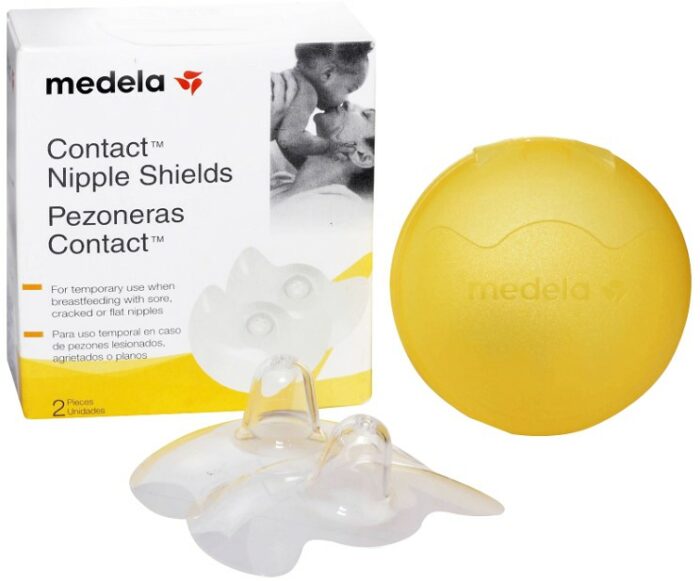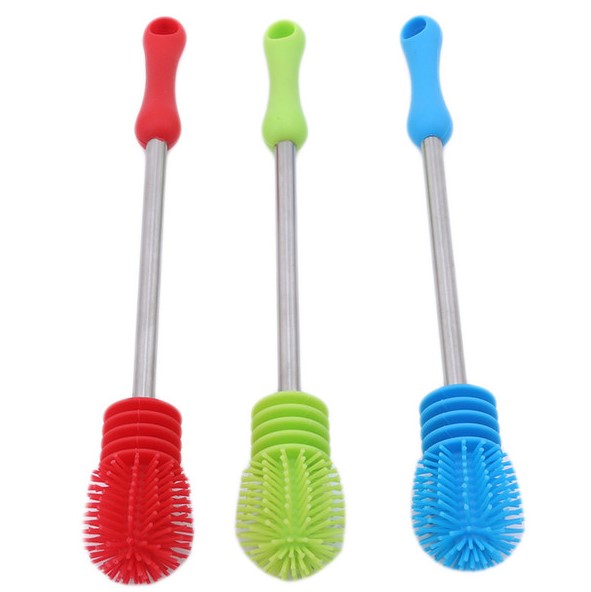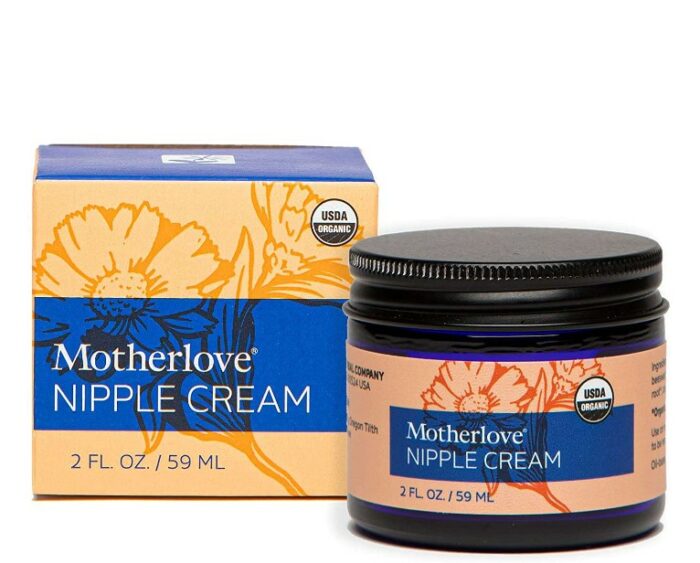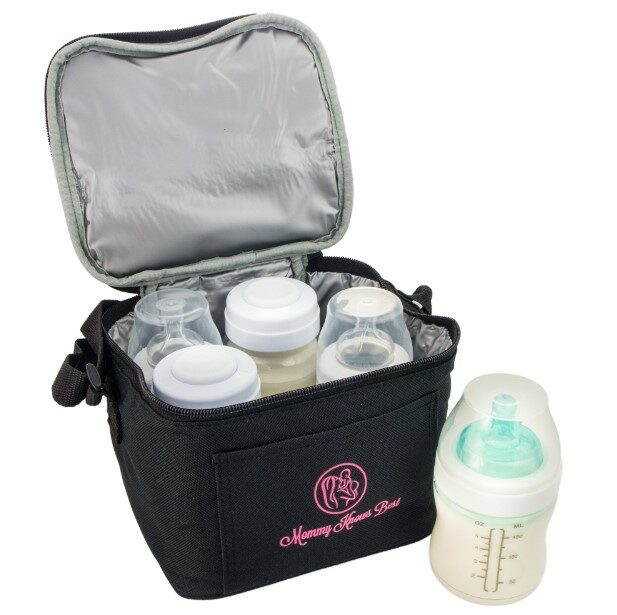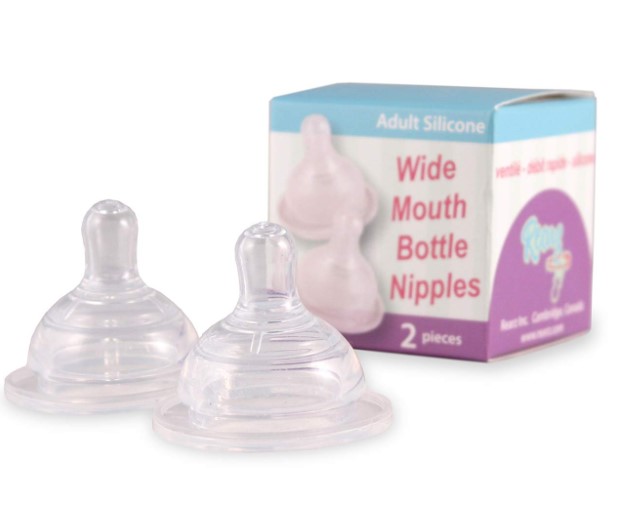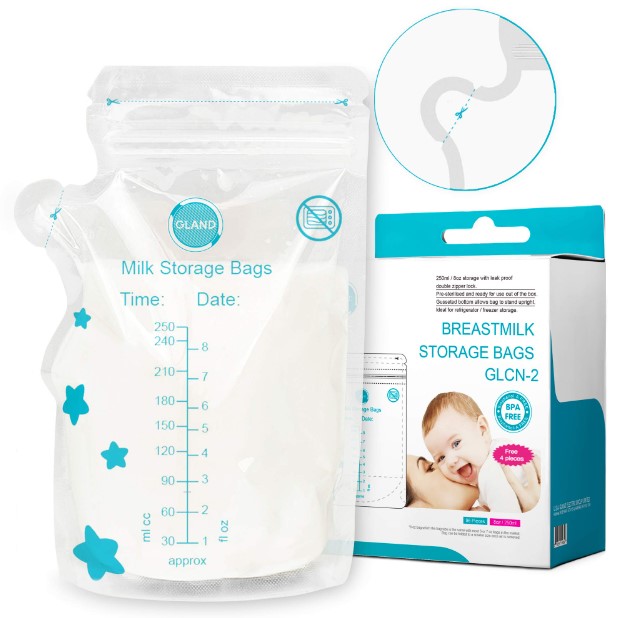Best Nipple Shields for Breastfeeding: Top Picks for Pain Relief and Comfort
Best Nipple Shields for Breastfeeding – Breastfeeding can be challenging, especially for new mothers who are still trying to get the hang of it. Nipple shields are one of the many tools available to help make breastfeeding a more comfortable and successful experience. In this guide, we’ll provide an overview of nipple shields, why they can be useful, And our top recommendations for the finest nipple shields available on the market.
What are nipple shields?
Nipple shields are small, thin silicone or rubber covers that are placed over the nipple during breastfeeding. They act as a barrier between the nipple and the baby’s mouth, helping to protect sore or sensitive nipples and promote a proper latch.
Why use nipple shields?
Nipple shields can be incredibly useful for new mothers who are experiencing pain or discomfort while breastfeeding. They can also be helpful for babies who have trouble latching on to the breast. Some of the benefits of using nipple shields include:
- Providing relief for sore or sensitive nipples
- Helping to improve the baby’s latch
- Reducing the risk of nipple damage
- Allowing the baby to feed more comfortably
- Helping to stimulate milk production
Top 5 best nipple shields for breastfeeding:
- Medela Contact Nipple Shield
- Lansinoh Contact Nipple Shield
- NUK Barely There Nipple Shield
- Philips Avent Nipple Shield
- Haakaa Silicone Nipple Shield
How to choose the right nipple shield:
Choosing the right nipple shield is essential to ensure maximum comfort and effectiveness. Here are some guidelines for selecting the proper nipple shield:
- Consider the size of the nipple shield. It should fit comfortably over your nipple without being too tight or too loose.
- Look for nipple shields made from high-quality materials that are safe for your baby to use.
- Consider the shape of the nipple.
How to use nipple shields:
Using nipple shields may take some practice, However, once mastered, it can be a game-changer. Here are some guidelines for using nipple shields:
- Wash your hands with soap and water.
- Place the nipple shield over your nipple, making sure it fits snugly but comfortably.
- Use your fingers to hold the nipple shield in place.
- Offer your breast to your baby, positioning them as you normally would.
- Allow your baby to latch onto the nipple shield.
- Once your baby has latched on, monitor the feeding to ensure that they are properly feeding and the nipple shield is in the correct position.
Tips for using nipple shields:
Using nipple shields can take some getting used to, but with these tips, you can make the experience as comfortable and effective as possible:
- Practice using nipple shields before you actually need to use them during a feeding session.
- Use nipple cream to help soothe and protect sore or sensitive nipples.
- Make sure the nipple shield is properly positioned on your breast before you start feeding.
- Clean your nipple shield after each use with warm water and soap.
- Consider seeking advice from a lactation consultant if you’re having trouble with breastfeeding or using nipple shields.
Conclusion
Breastfeeding can be a challenging experience, but nipple shields can make it easier and more comfortable for both you and your baby. By choosing the right nipple shield and learning how to use it properly, you can improve your breastfeeding experience and provide your baby with the nourishment they need.

